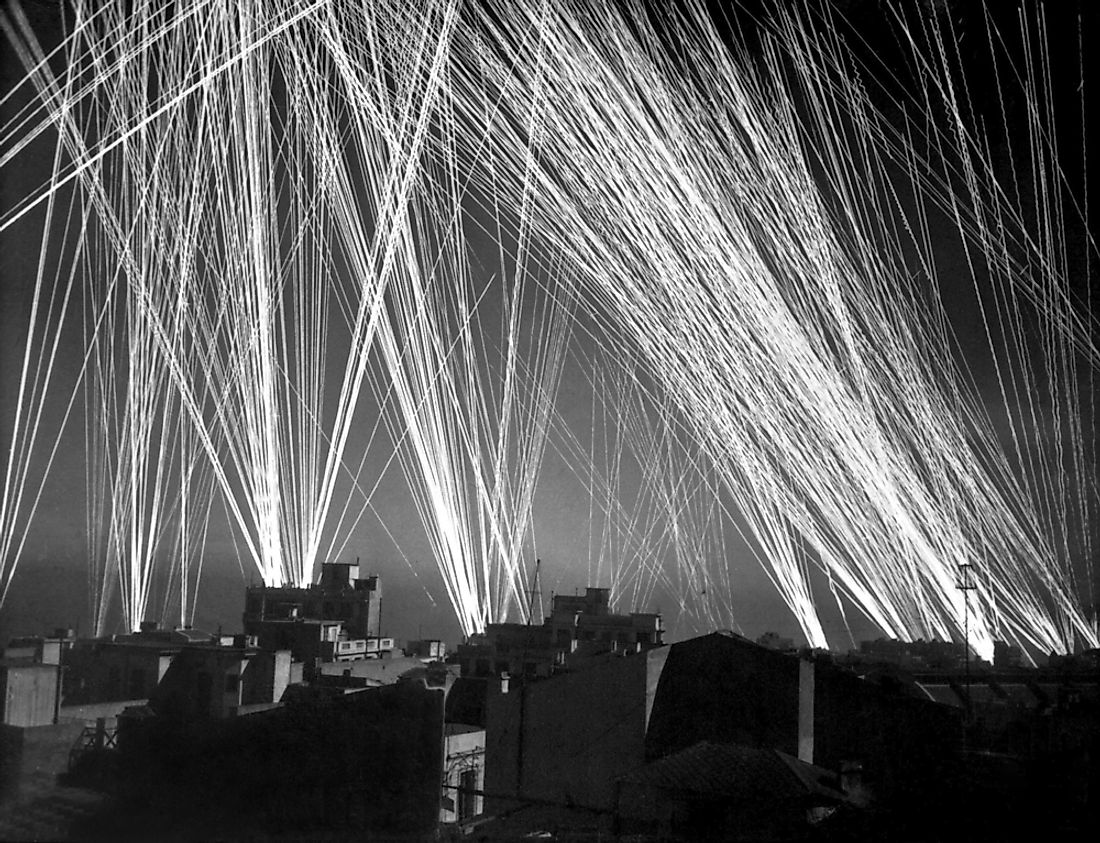What Was Operation Torch?

Operation Torch, also known as Operation Gymnast, was a joint US-British invasion of the French North Africa during the Second World War. The decision to invade North Africa was reached by Roosevelt and Churchill after Russia’s Joseph Stalin requested the leaders to attack Germany from another front to reduce the pressure on Russian forces in the western sector of Europe. Attacking Germany through France was considered the most efficient way of suppressing the Germans, but the British did not believe they had the strength to do so. The Americans, on the other hand, felt confident of defeating Germany by launching an attack via France. The British convinced the Americans that attacking North Africa would allow the Allied forces to control southern Europe without encountering the Germans.
Planning the Operation
The Allied forces hoped that the French in North Africa would not engage them in a war because they had fought on the same side in previous wars. The Allied planned to send 120,000 men, 500 aircrafts, and several warships to Morocco and Algeria. However, the British feared the resentment of the French after they had inflicted massive damages on the French navy in Mers el Kebir in 1940. The Allied reached out to sympathetic members of the French government as General Dwight D. Eisenhower planned the invasion. The forces would land in Casablanca, Oran, and Algiers.
The Invasion
The Allied convoy reported that the French would not resist. He had met the commander of Algiers among several others. The French commander had requested to meet Allied commanders before committing to the deal. With the French issue settled, the Allied forces began deploying troops to the coast of North Africa on November 8th 1942. However, junior French Generals failed in a coup, and the French top brass learned of the Allied landings. Allied forces preparing to land were met by artillery fire from French shore batteries. American ships USS Suwannee and USS Ranger were ordered to attack the coastline. In Oran, ships landing 18,500 US troops came under immense fire, and two Banff-class sloops were hit by artillery fire resulting in a significant number of casualties. After two days of fighting, the French surrendered, and all the three towns were placed under Allied control.
Aftermath of the Operation
Operation Torch resulted in the death of about 480 Allied troops while another 720 were wounded. The French lost about 1,346 individuals while a further 1,997 were wounded. As a result of French failure to prevent an Allied invasion, Adolf Hitler ordered an invasion and takeover of Vichy, France. French sailors scuttled many of their navy ships to prevent Hitler from capturing them. The French joined up with the Allied forces in North Africa and built a strong force. The Allied forces advanced towards Tunisia with the aim of trapping Axis forces. The Allied forces encountered a strong resistance in Tunis, and the Americans had their first encounter with the German troops in February. Although the Americans lost the battle at Kasserine Pass, the fighting continued until May 1943 when the Allied forces finally pushed the Axis out of North Africa.











